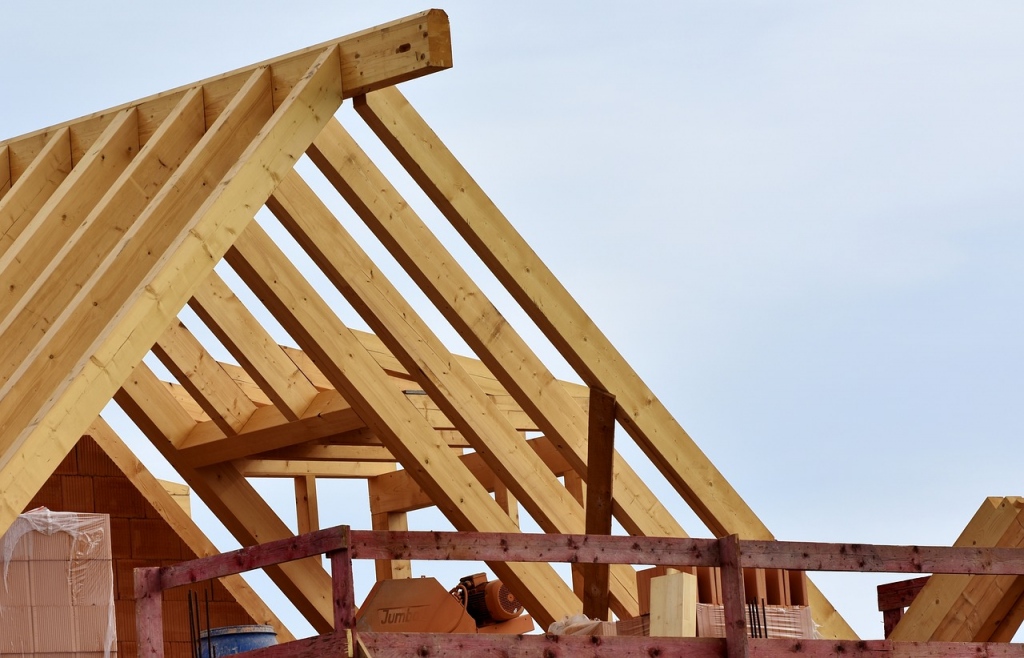Selecting a roofing material for your home construction or remodeling project can be a difficult one. Aside from the conventional choices, like asphalt shingles or metal shakes, there are also plenty of specialized options that can fundamentally impact overall cost and aesthetics. Like other material and design decisions, it’s always better to start considering the options well in advance so you can take your time to make an informed decision.
Laminate
Laminate or architectural shingles resemble standard asphalt shingles, but are less likely to succumb to the elements. In addition to being more resistant to peeling from wind pressure, they are also available in several grades of impact resistance that can withstand damage from falling branches or hail. Like conventional asphalt shingles, they are suitable for a wide variety of roof sizes or shapes, so there is little risk of a compatibility issue.
Membrane
One of the defining features of membrane roofing is reliable water resistance compared to most other materials. Rubber and plastic membranes are more common in commercial environments, but they can be just as useful for domestic structures as well. Talk to your roofing contractors about the potential benefits of different types of membrane materials depending on your roof design and water exposure.
Clay
Clay tiles are relatively expensive compared to other conventional materials, but they also offer the benefits of being efficient and durable. They are extremely resistant to decay or insect damage compared to wood and are good at deflecting heat away from the structure, which can be a boon for air conditioning costs. Clay roofing can be pretty heavy, so it’s important to gauge the strength of the structural supports to ensure the tiles won’t pose any risk to the home or its inhabitants.
Living Roofs
Living roofs are becoming more common each year, but they are still one of the more unique choices available for homeowners. Modeled after the roof gardens found atop some commercial buildings, living roofs are typically composed of plants or moss growing from soil mesh spread across the roof of the building. Landscaped roofing can offer numerous benefits, including productive absorption of water and sunlight, which are particularly valuable in urban settings.
Specialty materials can offer exciting opportunities to set your home apart from your neighbors, cut costs or increase the value of the house. However, it’s always a good idea to consider all of your options, including conventional materials, to find the one that best fits your needs.
